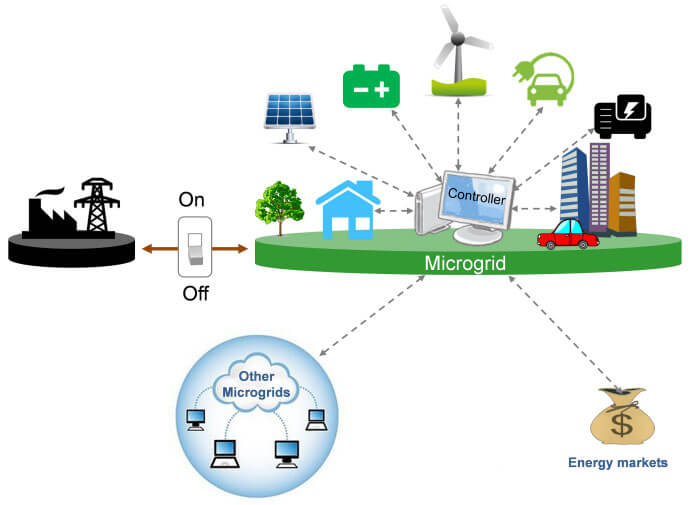By Frank Andorka, Senior Correspondent
What Happened: Earlier this morning, SunPower filed its formal request to be excluded from the Trump Administration’s 30% tariff on imported solar modules, specifically
- Exclude solar cells based on copper-plated, IBC technology.
- Exclude solar modules based on copper-plated, IBC technology.
- Make the product exclusions described above retroactive to Feb. 7, 2018 (when the tariffs went into effect) and direct U.S. Customs and Border Protection to refund any tariffs paid on the above-described products.
SolarWakeup’s View: All we can say is that it’s about time.
SunPower, a module manufacturer and one of the staunchest opponents of tariffs in last year’s seemingly endless battle, formally filed papers this morning to have their products excluded from the tariffs. Their argument is simple: Their products were significantly different enough from the silicon-based modules targeted by the tariffs to justify being exempt from them.

To which we say: Bravo.
Look, I have long been a critic of the tariffs imposed by President Donald J. Trump in January because I feared the law of unintended consequences would come back to bite the more innovative module manufacturers that have significant presences in this country.
SunPower is one of the companies I worried about, and SunPower President and CEO Tom Werner warned the International Trade Commission that the tariffs would do irrevocable harm to the industry in general and SunPower in particular.
The company has routinely been on the forefront of innovative and forward-thinking module manufacturers, and its dominance as the preferred supplier to the U.S. residential market speaks volumes about the quality of their products.
Why the United States would want to punish a company that has done more than most to expand the industry that now employs more than 250,000 workers is beyond me.
The next step is a 30-day public comment period (we are awaiting a link to where you can comment and will update it when we have it). Go comment and tell the government to support innovation in the solar industry. Exempt SunPower’s modules from these destructive tariffs.
More
Submit your comments to the request here



